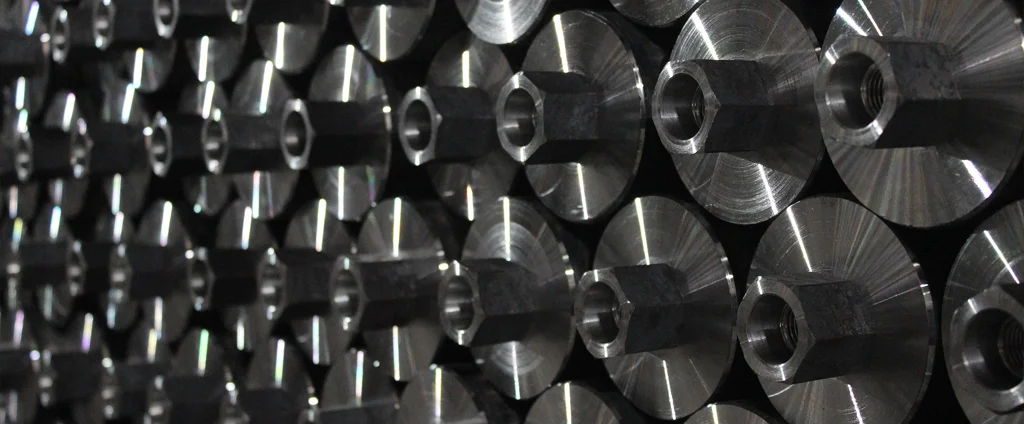SAE/AISI 1018 Carbon Steel (UNS UNSNUMBER)

SAE/AISI 1018 carbon steel is a low-carbon alloy known for its excellent machinability, weldability, and versatility. It provides a strong balance of ductility and strength, making it suitable for a wide range of applications, including automotive components, structural parts, and machinery.
| Chemical Composition | ||
|---|---|---|
| Element | Min | Max |
| Iron | 98.81% | 99.26% |
| Carbon | 0.14% | 0.20% |
| Manganese | 0.60% | 0.90% |
| Phosphorous | —— | 0.04% |
| Sulfur | —— | 0.05% |
The following table provides a list of SAE/AISI 1018 properties in both SI and US customary/Imperial units.
Click on the button to switch between Metric and Imperial units.
| Physical Properties | Metric |
|---|---|
| Density | 7870 kg/m3 |
| Mechanical Properties | Metric |
| Tensile Strength (Ultimate) | 440 MPa |
| Tensile Strength (Yield) | 370 MPa |
| Young’s Modulus (E) | 200 GPa |
| Bulk Modulus (K) | 140 GPa |
| Shear Modulus (G) | 80 GPa |
| Elongation at Break | 15% |
| Poisson’s Ratio (ν) | 0.29 |
| Brinell Hardness | 126 |
| Thermal Properties | Metric |
| Thermal Conductivity | 52 W/m·K |
| Specific Heat Capacity (Cp) | 486 J/kg·K |
| Coefficient of Thermal Expansion (αL) | 1.2×10-5 1/°C |
| Electrical Properties | Metric |
| Electrical Conductivity | 4.64×106 S/m |
| Electrical Resistivity | 2.19×10-7 Ω·m |
The values in this table are approximate and can vary depending on various factors such as the specific manufacturing process and heat treatment applied to the alloy.
Advantages & Disadvantages of 1018 Carbon Steel
| Advantages | Disadvantages |
|---|---|
| Cost-effective | Lower strength |
| Excellent machinability | Susceptible to corrosion |
| Good weldability | Limited impact resistance |
Applications of 1018 Carbon Steel
1018 carbon steel is widely used across multiple industries thanks to its favorable mechanical properties and workability, including:
- General Purpose Machinery: Frequently used in the manufacturing of general-purpose machinery and equipment. Its good machinability and weldability make it suitable for producing components such as gears, shafts, bolts, nuts, studs, and couplings.
- Automotive Parts: The automotive industry relies on it for the production of numerous components. It is used in applications such as axles, crankshafts, connecting rods, steering components, and various brackets. Its machinability and moderate strength make it a preferred choice for these parts.
- Construction: Used in the construction industry for a range of applications. It is commonly employed in the fabrication of structural components like beams, columns, and angles. Its cost-effectiveness and ease of fabrication make it suitable for various construction projects.
- Tools and Dies: Due to its good machinability and moderate hardness, it is utilized in the production of hand tools, cutting tools, dies, and molds. It can be shaped and hardened through heat treatment to withstand the demands of tooling applications.
